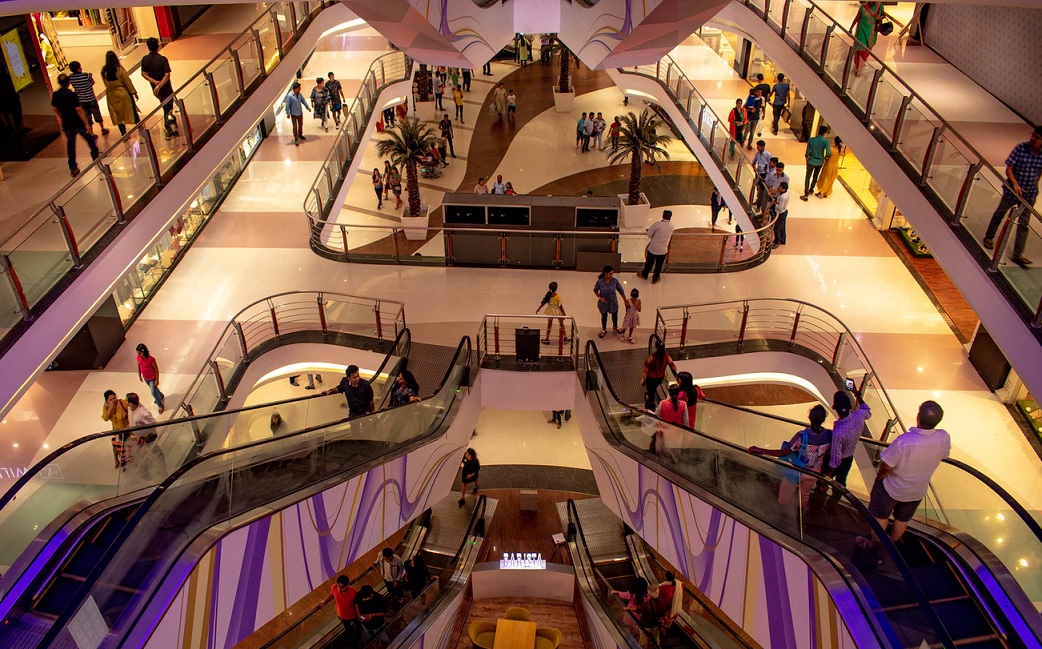Innovation and design
How does the sensor of an automatic door work in supermarkets, shops and businesses?

Most societies believe automatic doors to be just another part of their everyday routine. Millions of people stand in front of a door that opens and closes by itself almost every day. When travelling to work or university on public transport where the doors open after performing an action such as touching a button or approaching the entrance, when entering the office building, or during our free time when entering or exiting a shopping mall or supermarket.
The retail sector has incorporated automatic doors for years, with the comfort of its customers and employees in mind. Not having to use your hands to open or close a door and touch its handle or knob is a help to anyone.
All this is possible thanks to the sensor built into the top of the doors, which detects the proximity of pedestrians and opens its doors whenever anyone approaches.
Automatic door sensors in the retail sector
Two types of sensor can be found on the automatic doors of shops, supermarkets or shopping malls:
- Touchless sensors
- Movement sensors
- Movement and safety sensors
The most common in buildings and shops is often the movement sensor. A good movement detection radar is the basis for ensuring the correct working order of an automatic door.
Manusa movement sensors are fast and effective, they make sure the door opens and closes as safely and hygienically as possible whenever anyone approaches, especially during this time of the COVID-19 coronavirus.
The movement sensor detects the person and sends the signal to the door software, which performs directional detection and recognises the direction of movement within the radar field via microwave.
Along with this type of movement sensor are several identification systems that can be extremely effective for company employees. Particularly noteworthy are the hands-free system, the smart card reader or facial recognition.
